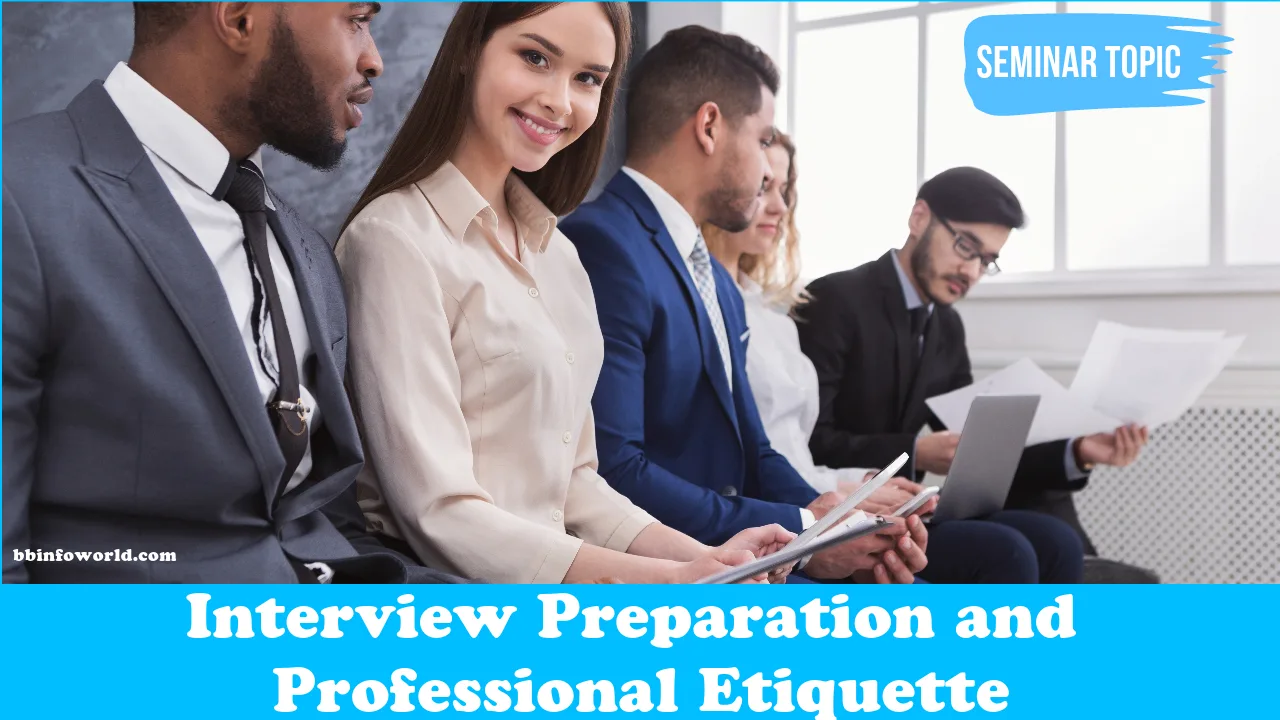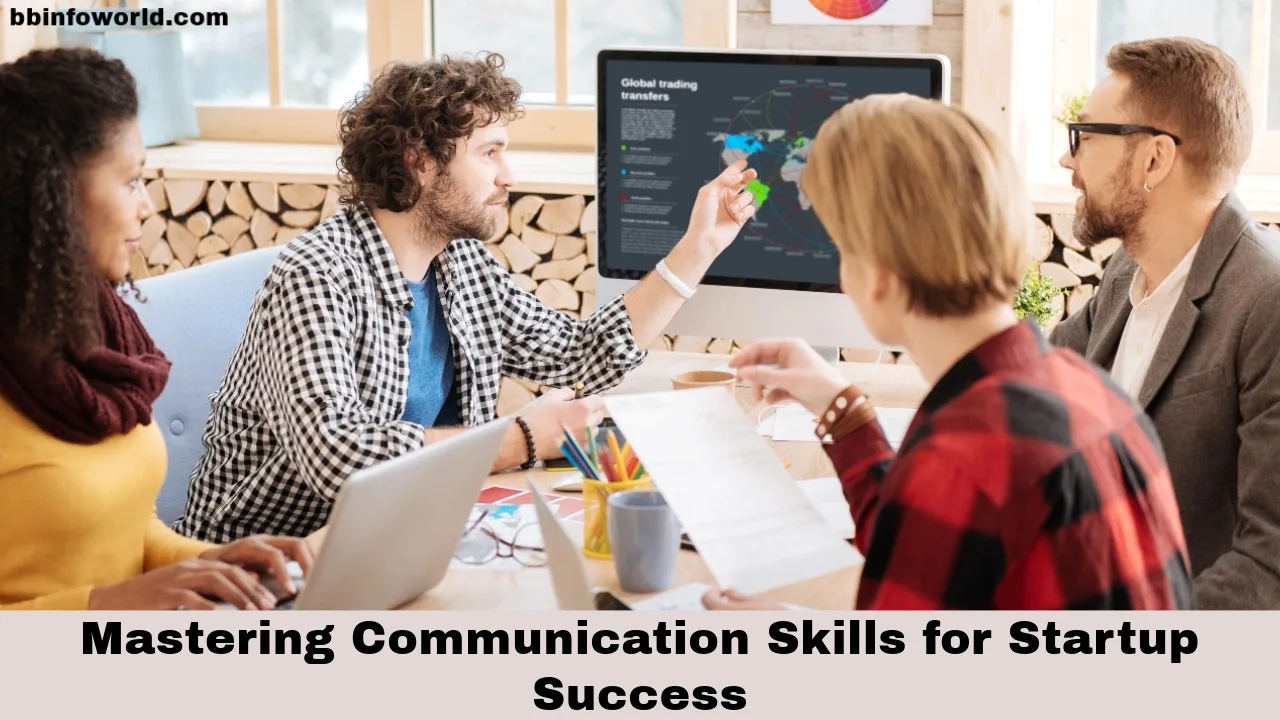
Interview Preparation and Professional Etiquette
Learn how to prepare for job interviews, write effective resumes and cover letters, and navigate professional settings with confidence.
Interview Preparation and Professional Etiquette:
Navigating the job search process can be a challenging endeavor, but with the right strategies and preparation, you can position yourself for success. This comprehensive guide will walk you through the steps to prepare for job interviews, craft impactful resumes and cover letters, and navigate professional settings with confidence.
Preparing for Job Interviews:
- Research the Company: Thoroughly research the company you’re interviewing with. Understand their mission, values, products, services, recent news, and industry trends. This knowledge will help you tailor your responses and demonstrate your genuine interest.
- Know Your Resume: Be prepared to discuss the experiences, skills, and achievements listed on your resume. Practice concise explanations for your career trajectory and accomplishments.
- Understand the Role: Familiarize yourself with the job description and requirements. Identify specific skills and qualities they are seeking and think of examples from your past experiences that showcase these attributes.
- Behavioral Questions: Be ready for behavioral questions that ask about how you’ve handled situations in the past. Use the STAR method (Situation, Task, Action, Result) to structure your responses.
- Ask Thoughtful Questions: Prepare insightful questions to ask the interviewer. This demonstrates your genuine interest and engagement in the role and the company.
- Mock Interviews: Practice with mock interviews. Enlist a friend, mentor, or career advisor to conduct mock interviews and provide constructive feedback.
Writing Effective Resumes:
- Clear Format: Craft a clean, organized, and easy-to-read resume. Use headings, bullet points, and appropriate font sizes for clarity.
- Summary Statement: Write a compelling summary statement at the top of your resume that highlights your skills, experiences, and what you bring to the table.
- Tailor to the Job: Customize your resume for each job application. Highlight experiences and skills relevant to the specific role.
- Quantify Achievements: Use quantifiable metrics to showcase your accomplishments. For example, “Increased sales by 20% in the first quarter.”
- Reverse Chronological Order: List your work experiences in reverse chronological order, starting with the most recent position.
Crafting Effective Cover Letters:
- Personalization: Address the cover letter to the hiring manager if possible. Tailor the content to the company and role.
- Opening Paragraph: Start with a strong opening that expresses your interest in the role and briefly highlights why you’re a good fit.
- Showcase Value: Use the cover letter to expand on relevant experiences and skills listed on your resume. Explain how your background aligns with the job requirements.
- Convey Enthusiasm: Show enthusiasm for the company and the opportunity. Explain why you’re excited about the role and how you can contribute.
- Closing: Conclude with a strong closing that expresses your eagerness to discuss further and your appreciation for considering your application.
Navigating Professional Settings with Confidence:
- Professional Attire: Dress appropriately for the workplace culture. When in doubt, opt for slightly more formal attire to make a positive impression.
- Body Language: Maintain good posture, offer a firm handshake, and make eye contact. Avoid fidgeting or crossing your arms, as these can convey discomfort.
- Active Listening: Pay attention during meetings and conversations. Practice active listening by nodding, asking clarifying questions, and summarizing key points.
- Effective Communication: Communicate clearly and concisely. Avoid jargon and use language that is easily understood by your audience.
- Networking: Attend industry events, workshops, and conferences to expand your professional network. Approach networking with genuine interest in others and a willingness to share your own experiences.
- Conflict Resolution: If conflicts arise, address them professionally and calmly. Focus on finding solutions and maintaining a positive working relationship.
- Continuous Learning: Stay updated on industry trends and advancements. Pursue professional development opportunities to enhance your skills.
Conclusion:
By following these strategies, you can confidently prepare for job interviews, create effective resumes and cover letters, and navigate professional settings with poise and professionalism. Remember that practice, research, and a positive attitude play a significant role in your success. With dedication and effort, you can showcase your qualifications and stand out in your career journey.



